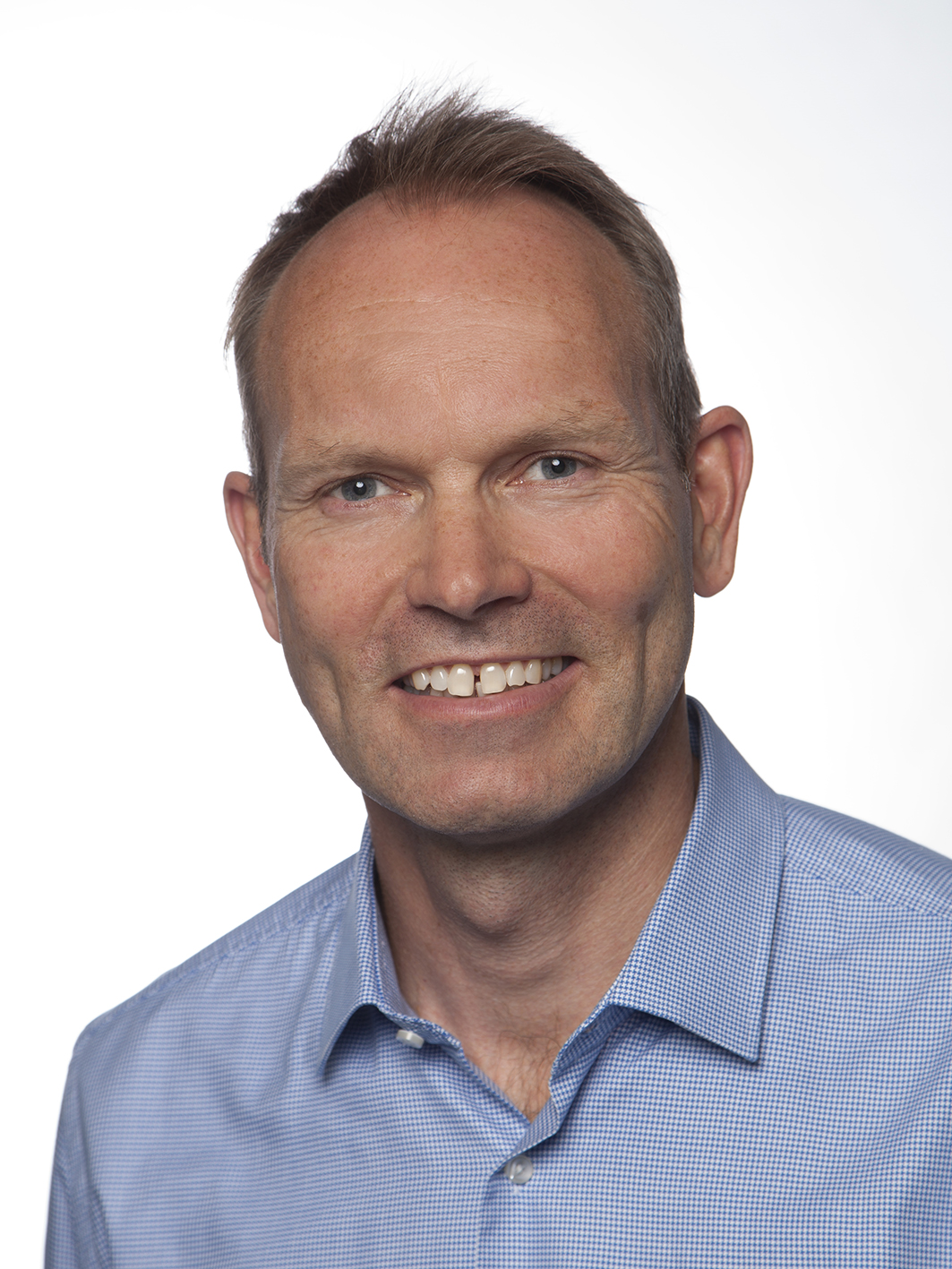Cermaq releases fish into third iFarm

CERMAQ has stocked fish in the third version of its artificial intelligence (AI) led iFarm in northern Norway. This time the emphasis is on machine learning.
Its iFarm project is designed to improve the health and welfare of fish in net pens with the focus this time on machine learning.
It has already been tested at Øksnes and Steigen in Nordland, but now it is the sea site in Steigen that is being equipped with the iFarm setup in the net pens.
Cermaq said it is the same crew that was responsible for the very first iFarm fish that was stocked in Martnesvika two years ago so they were excited to be able to experience operating an iFarm again.
Site manager Tor Hansen at Hellarvika, said: “With the first version of iFarm, everything was new, and we had an incredibly steep learning curve, but as we got started with operations, we think it worked out quite well.
“Now a number of adjustments have been made both to the set-up and to operations based on experiences gained in Øksnes, where we now have version 2 of iFarm, so it will be exciting to get started with operations, and to follow how the fish thrive in the third version of iFarm.”.
The company explained that during the testing of version 1 the main focus was on establishing an understanding of how iFarm affected fish behaviour and gaining basic learning about the iFarm construction.
In the testing of version 2 there has been a lot of work with alternative versions of the sensor housing and operational adaptations, such as feeding the fish under a net roof, and to achieve efficient handling operations in a sea site with a lot of extra equipment in the net pens.
But when version 3 is now put into use, the focus will be mostly on the sensors, on data collection and machine learning, and on further development of the mechanism that sorts out fish.

Geir Stang Hauge
The managing director of the software expert BioSort , Geir Stang Hauge, said: “At Hellarvika, we will concentrate on the sensor arrangement to retrieve images with good quality and follow up the annotation of key parameters such as fish ID, lice, growth and fish welfare in the net pen, and on further developing sorters”,
He added: “”After a successful test of the first-generation sorter in net pens where we saw that the mechanical sorting mechanism worked with fish swimming through the system, we are now testing the second generation, and we will try to lead the fish from the sorter into another volume through a pipe. The aim is to validate that it is possible to take out individual fish according to specific sorting criteria.”
The sorter will eventually become autonomous, so that together with the sensor system in iFarm it can make its own decisions based on defined criteria, such as the discovery of lice or wounds. It is a complicated and extensive development process, which requires the development of precise machine vision, rapid processing of large amounts of data and interaction with a mechanical sorting unit with its own control systems.
“It’s complicated work, and it’s work that hasn’t been done before, so it’s demanding, but also very exciting,” says Hauge.

